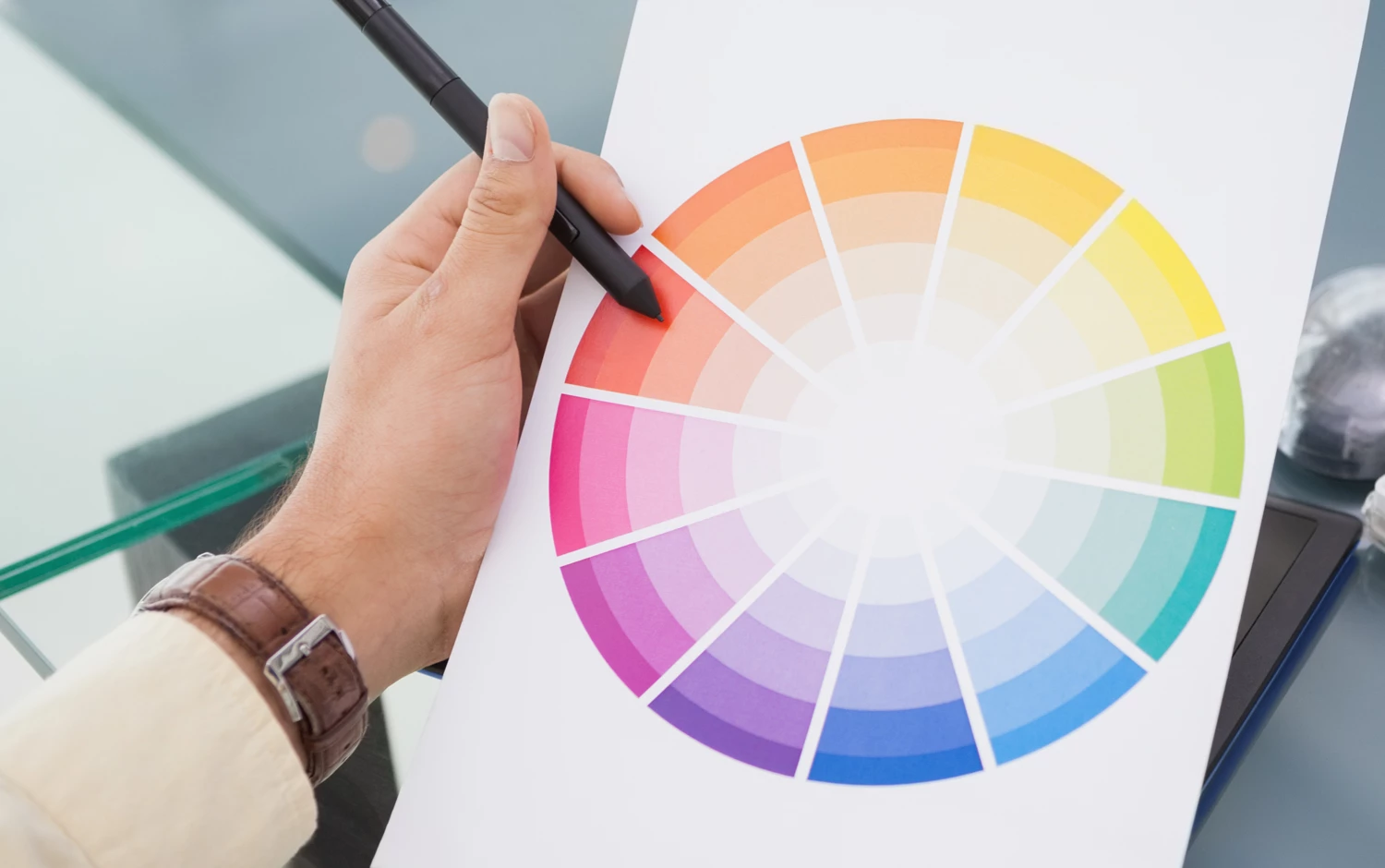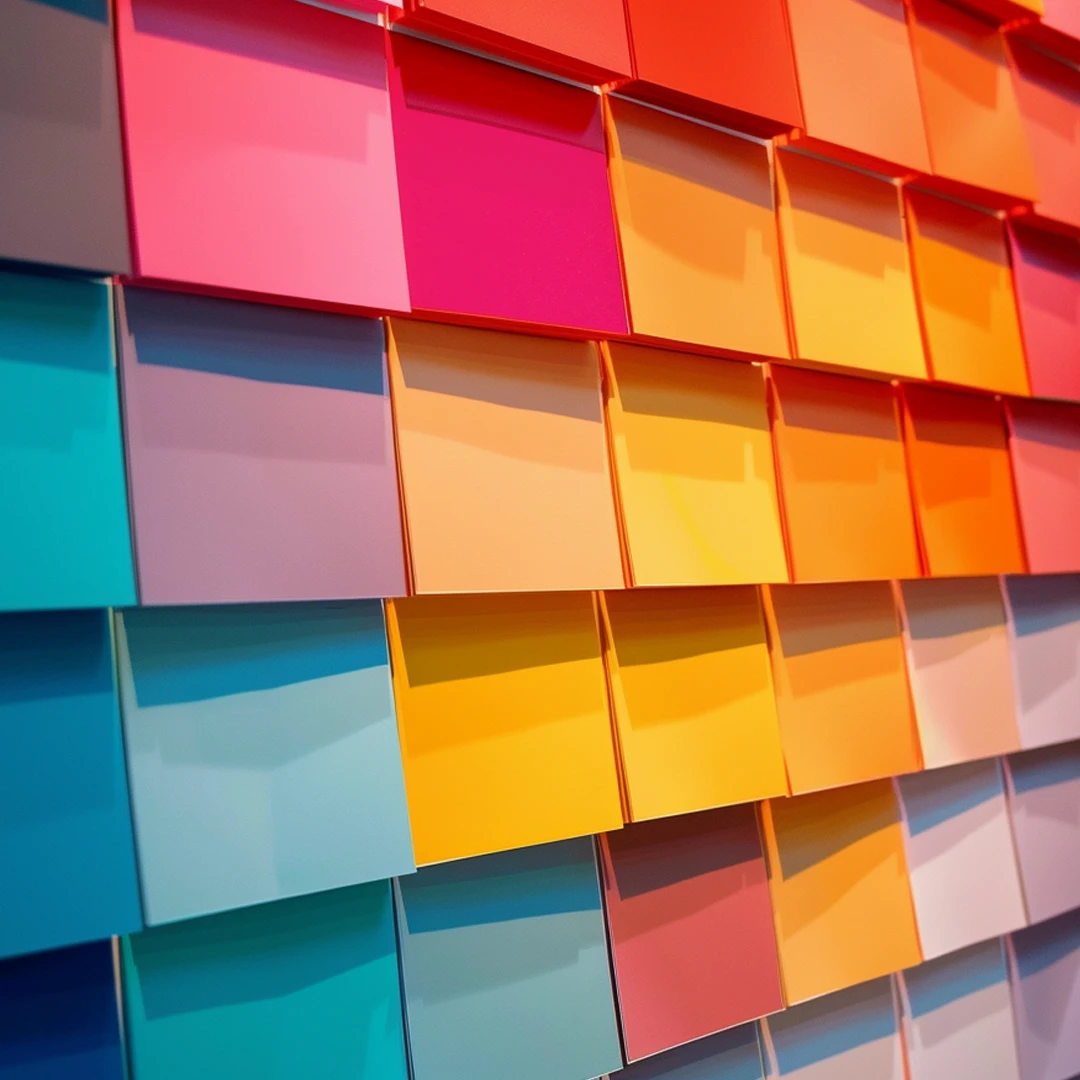
Psychology of Colour
Colours conjure many different connotations and are a language all their own. Colours are a subtle way of communicating your message, “Colours are the mother tongue of the subconscious” (Carl Jung).
It’s been studied that colour has emotion-altering qualities. In marketing, colour choice can influence a customer’s perception of brand personality; for example, green conveys nature or jealousy. As creatives working with brand owners, we first need to ascertain your audience and any cultural and emotional differences in the meaning of colour. It can be dangerous to apply any Western connotations blindly.
Context is everything. For example, red is most associated with love and danger in the UK. In Thai culture, each day is a specific colour and symbolises a God. Red represents Sunday and the solar God Surya. In China, red represents celebration, bringing luck, prosperity and happiness, and is worn during New Year, funerals and weddings.
Branding, particularly logos, requires a strong identity that connects with your audience. Brand and colour are intertwined in conveying meaning without words and make your brand recognisable. Colours in design are either functional (fulfilling a need or solving a problem) or sensory-social (conveying attitudes, social approval or status). Your business’s sector could help inform your brand’s colour choice.
The term functional colour was created in the 1930s by colourist Faber Birren, symbolising a system of colour based on experience and observation. By the 1950s, this was a standard system used for product and environmental design, such as high visibility yellow or fire protection red.
Whereas functional colour fulfils a need, sensory-social colours convey a sense of status and social approval, often producing an emotional response. Pantone’s Colour of 2022 – Very Peri sits in the centre of the purple hue and suggests warmth, sophistication and power.
A single colour may describe your brand’s core message, but you may wish to combine two or three. For example, laundry detergents often use white (cleanliness) and orange (energy), communicating strong cleaning power.
What does your brand’s colour say about you?

Article by Karen
Related posts
Use Colour to Boost Your Website Conversions
In the world of web design and digital marketing, colour isn’t just a design choice—it’
Transforming Virtual Meetings: How to Bring Life to Your MS Teams Sessions
In the age of remote work, Microsoft Teams has become more than just a tool; it’s a virtual li
The Role of APIs in Web Development: Unleashing the Power of Connection
Web development has seen a massive evolution, with various tools and technologies that have made the



